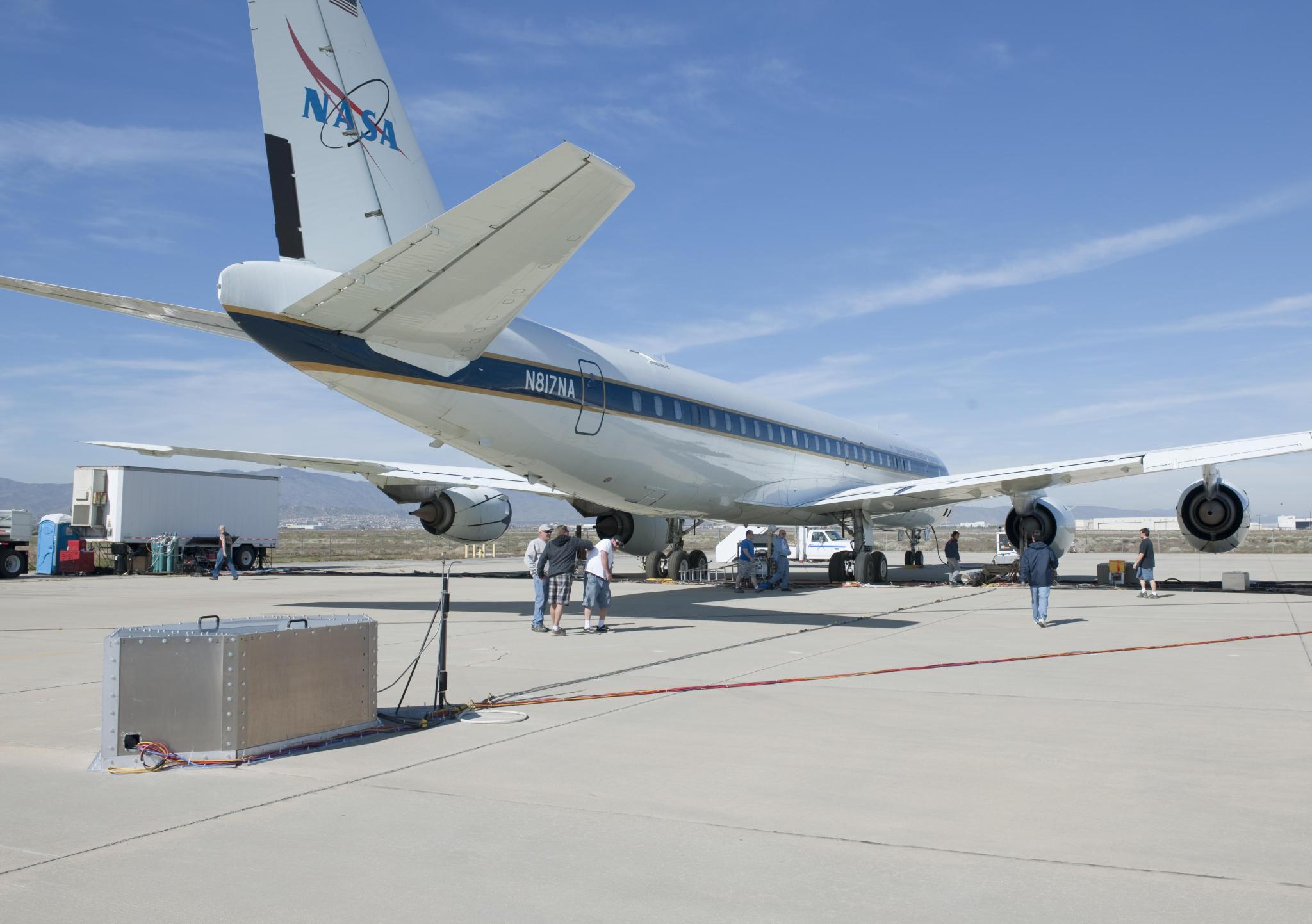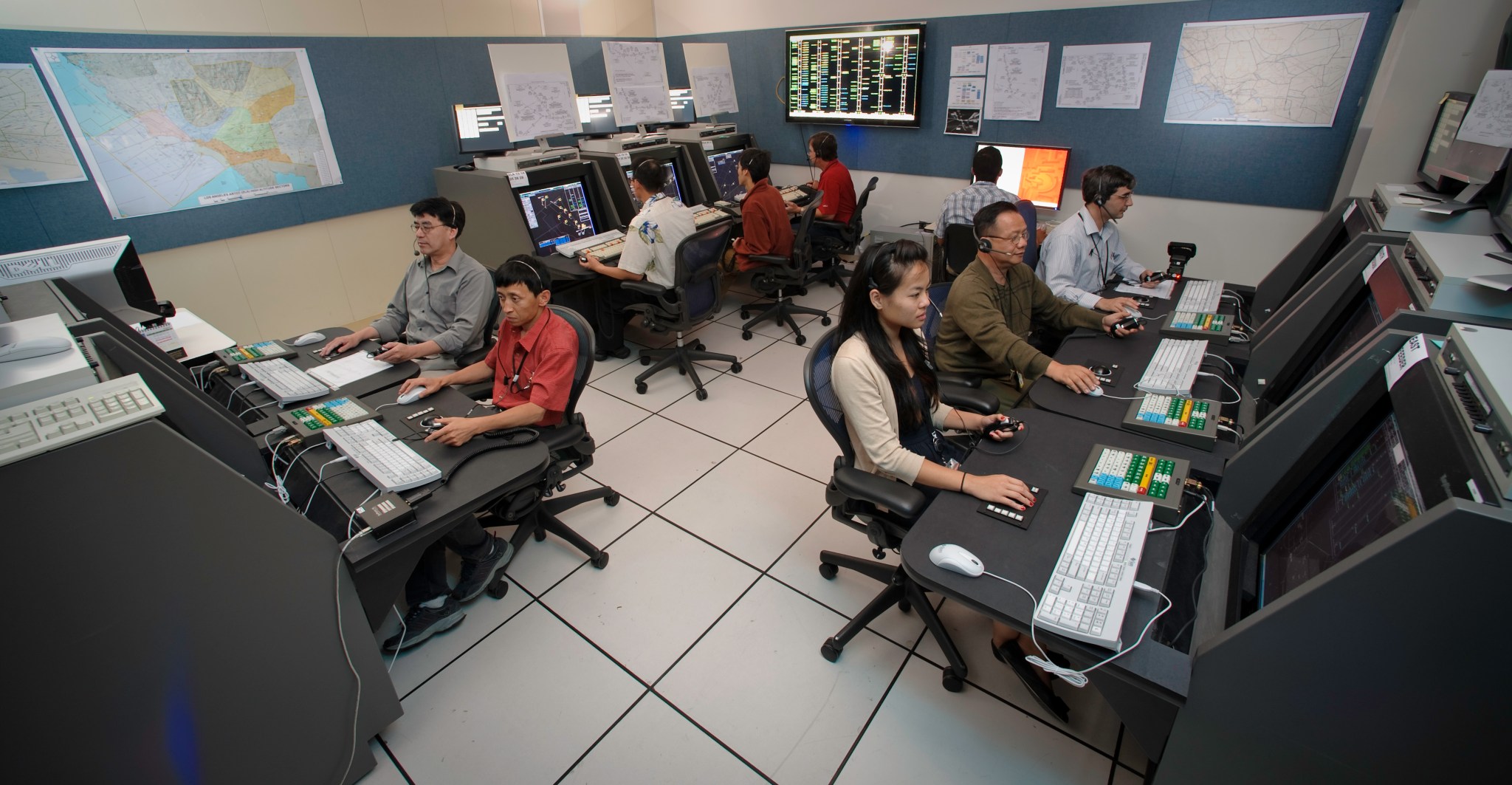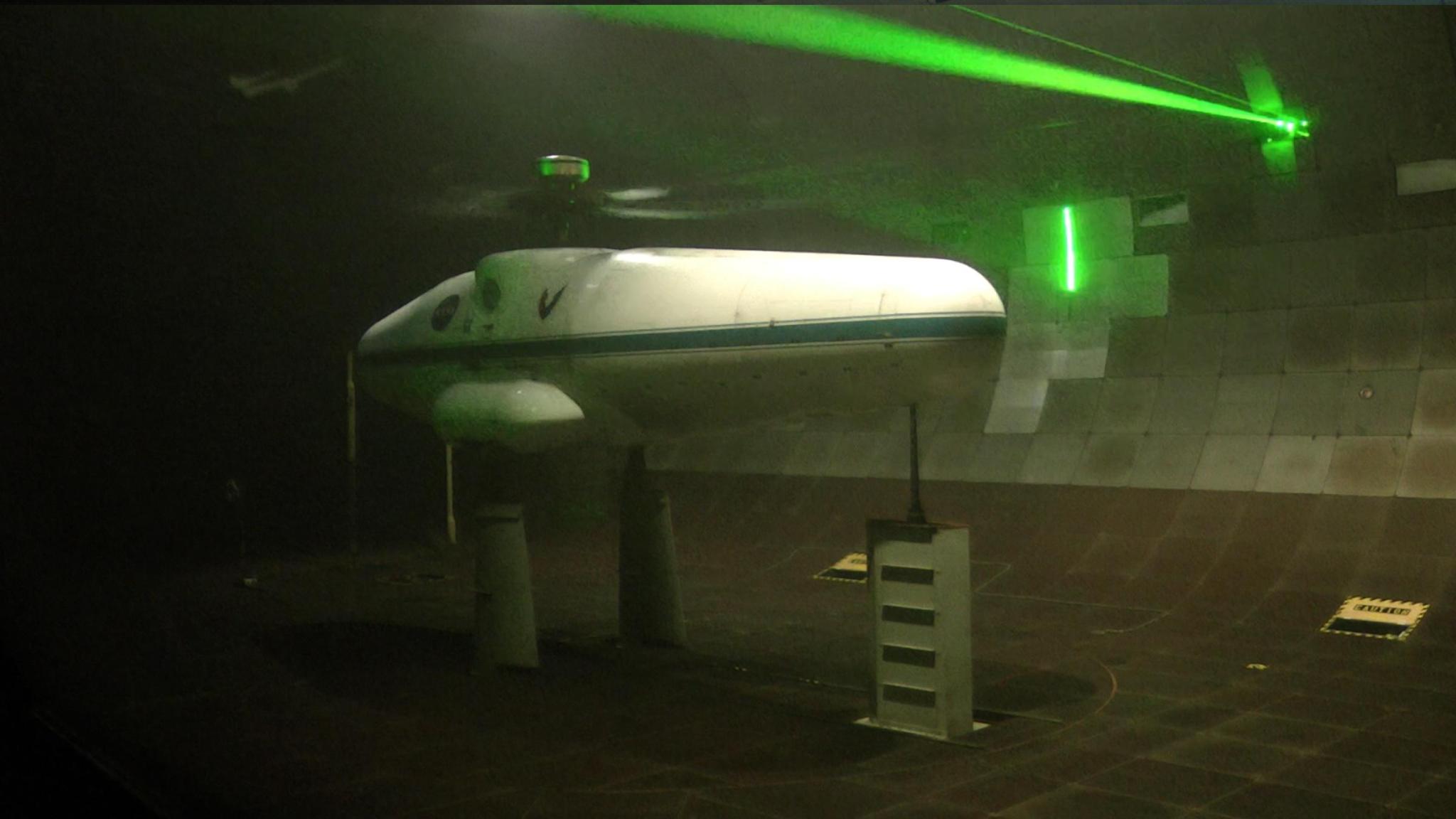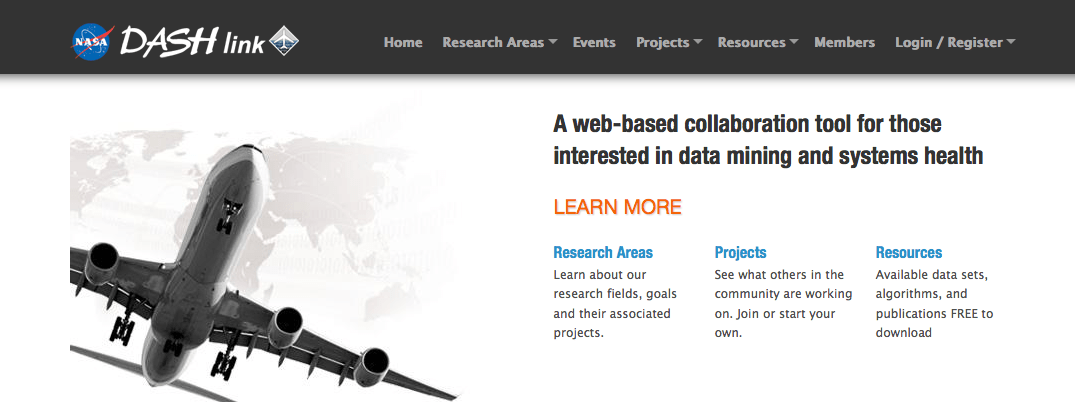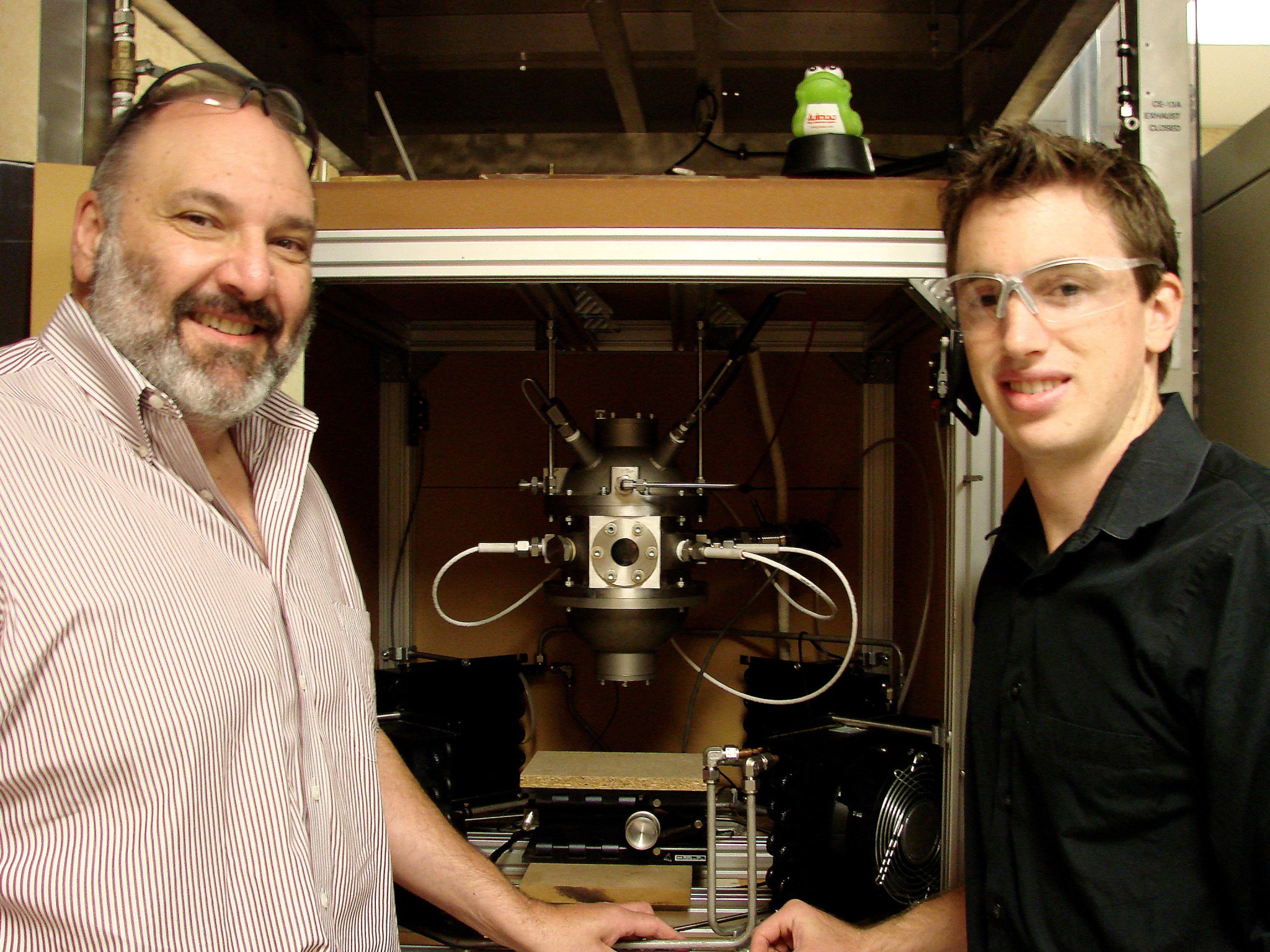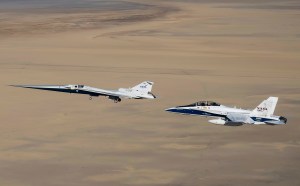NASA’s aeronautical innovators are continuing to lay the foundation for the future of flight by exploring new ways to manage air traffic, build more fuel-efficient and environmentally friendly airliners, and ensure aviation’s outstanding record of safety. NASA’s investments in fundamental aeronautics research are driving billions of dollars in economic activity and creating jobs. Employing a wide range of sophisticated research tools, NASA’s Aeronautics Research Mission Directorate seeks fresh insight into the fundamental mysteries of aerodynamics, construction of exotic composite materials and potential use of biofuels to power jet engines.
“Our team of researchers continues to help the United States maintain its position as a world leader in aviation while helping to create jobs at home,” said Jaiwon Shin, NASA’s associate administrator for aeronautics.
Here are some highlights from 2011:
Economic Contributions
The aviation community in 2011 made significant advances in rolling out or accepting orders for building the most modern airliners ever, powered by the most advanced jet engines ever. Many advances initially developed by NASA, further refined by industry and certified by the Federal Aviation Administration, are now in use on Boeing’s new 787 and 747-8, as well as Pratt & Whitney’s PurePower and General Electric’s GEnx engines.
Alternative Fuels
Ground tests in April 2011 using NASA’s DC-8 aircraft measured emissions and fuel performance of biofuels, some refined from chicken fat and beef tallow. Early results of the Alternative Aviation Fuels Experiment indicate a 90 percent reduction in particulate emissions at idle power and 50 percent reduction at takeoff thrust, which could significantly improve the air quality around airports.
Avoiding Bad Weather
Flight disruptions at cruising altitude caused by bad weather account for 70 percent of all traffic delays each year. So, NASA researchers have developed a tool that continually analyzes flight trajectories and weather conditions and then suggests course corrections to avoid the trouble. A recent analysis of flights affected by bad weather during two days over Texas showed the new Dynamic Weather Routing tool could have prevented more than 12 hours of delays. Researchers are now considering conducting field trials of the tool in the near future, which will demonstrate its payoffs under real-world air traffic management scenarios. This is the final step required before NASA delivers the tool to the FAA for final implementation, certification, and operational use.
Helicopter Design
Studies of wind tunnel measurements taken in May 2010 of a UH-60 helicopter rotor blade provided engineers with pioneering data about rotor performance, stress and turbulence that will help them design better, less noisy helicopters. The project was honored in 2011 by the American Helicopter Society for outstanding research and experimentation contributing to the field of helicopter development.
Air Traffic Control
Working with the Federal Aviation Administration and its other partners in 2011 to coordinate the effort, NASA is planning an Air Traffic Management Technology Demonstration (ATD-1) in 2012 to evaluate how well several new air traffic control tools and updated procedures developed by NASA and the FAA will work together in better managing arrivals and departures of aircraft at major airports with heavy traffic. The exercise is intended to show how these technologies can support modernization of the nation’s air traffic control and provide measurable economic and environmental benefits to the airline industry.
Advanced Materials
NASA researchers in 2011 worked to advance the state of the art in composite materials, which are now widely used in the construction of such airliners as the Boeing 787 and Airbus A350. They’re focusing on building the next generation of composites by stitching together layers of composite material and integrating stiffeners into the composite structure. This new fabrication method can yield a 10 percent weight reduction compared to current methods, which translates directly into reduced fuel consumption. The new approach also improves safety by preventing structural damage from spreading once it occurs. The new composite manufacturing technique was tested successfully during the year. A curved fuselage panel made of stitched composites passed its checks even when intentionally damaged, and a cube made of the same materials supported more than twice the required stress load.
Data Mining
Work continues at NASA to refine sophisticated computer programs designed to give airlines the capability to sift through millions of pieces of flight information that are automatically collected each day to identify maintenance or operational issues long before they lead to potential trouble. NASA maintains a collaborative website through which aviation safety researchers can share knowledge and results. Tools available through the website helped Southwest Airlines expand its use of data mining to identify ways to improve the quality of its flight operations. NASA data mining procedures also are being incorporated into vehicle health management software used in the central maintenance computers of some business jets and commercial aircraft, so that the computers can alert ground maintenance personnel at the first sign of abnormal performance in engines and other aircraft components. The early notices make corrective actions possible long before the components actually trigger a cockpit warning light, thus reducing delays at the departure gate.
Student Opportunities
NASA’s aviation community also contributed to the agency’s education initiatives by continuing to fund Aeronautics Scholarships for promising aeronautical engineers, as well as by awarding contracts to university laboratories through NASA Research Announcements. Both provided opportunities for students to spend summers with NASA researchers.




























